Zōho kaitei Chūshingura (1927)
The legendary tale of the forty-seven samurai and their mission to avenge the death of their master.
The legendary tale of the forty-seven samurai and their mission to avenge the death of their master.
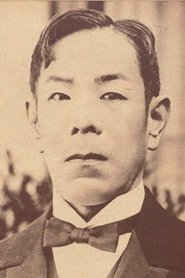 Matsunosuke OnoeYoshio 'Kuranosuke' Ôishi
Matsunosuke OnoeYoshio 'Kuranosuke' Ôishi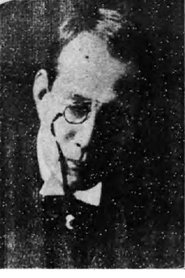 Kaichi YamamotoKôzukenosuke Kira
Kaichi YamamotoKôzukenosuke Kira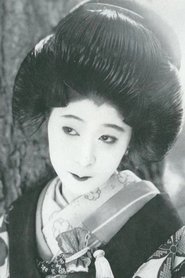 Umeko SakuragiYôsen'in
Umeko SakuragiYôsen'in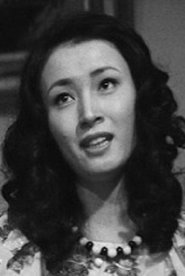 Eiko NakamuraOishi, Ôishi's wife
Eiko NakamuraOishi, Ôishi's wife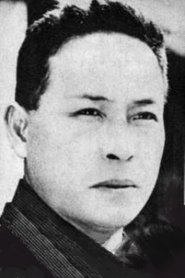 Gorō KawabeKiken Murakami
Gorō KawabeKiken Murakami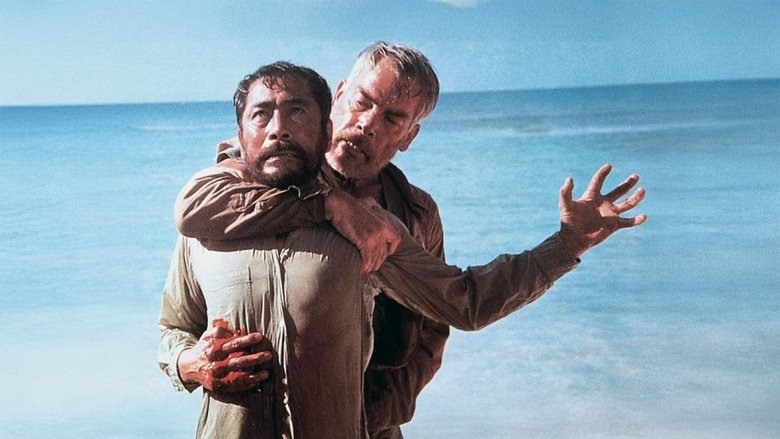
During World War II, a shot-down American pilot and a marooned Japanese navy captain find themselves stranded on the same small uninhabited island in the Pacific Ocean.
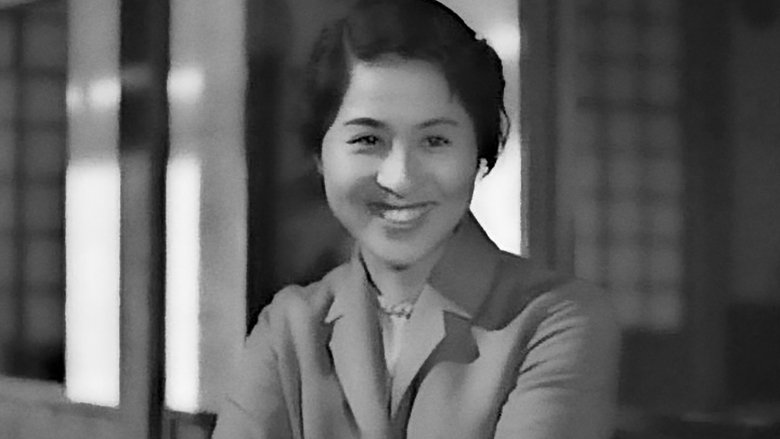
Anzukko (Little Peach) is the daughter of a successful writer. She turns down each one of her suitors, until she marries a beginning writer named Ryokichi. Their life quickly sinks into despair.
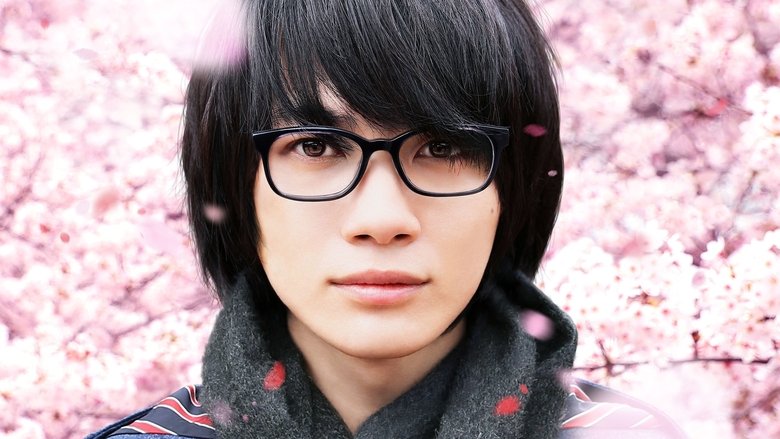
Rei Kiriyama is a 17-years-old shogi (Japanese chess) player. He debuted as a professional shogi player when he was in middle school. He lives by himself in Tokyo, because his parents and younger sister died in an traffic accident when he was little. One day, Rei Kiriyama meets three sisters who are his neighbors. The three sisters are Akari Kawamoto, Hinata Kawamoto and Momo Kawamoto. This is his first meeting with someone outside of the shogi world in many years. Having meals with the Kawamoto family brings warm feelings to Rei Kiriyama. As Rei Kiriyama continues his shogi career, his interactions with his neighbors allows him to grow as a shogi player and as a person.
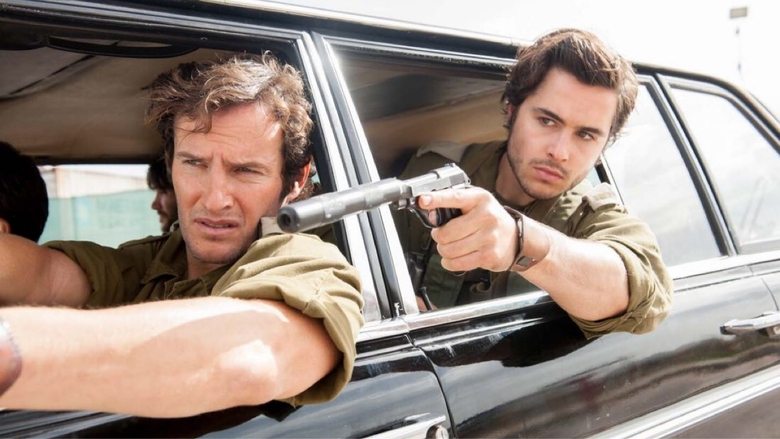
In 1976, four hijackers take over an Air France airplane en route from Tel Aviv to Paris and force it to land in Entebbe, Uganda. With 248 passengers on board, one of the most daring rescue missions ever is set in motion.
Teacher Akira Suzuki breaks away from long-held customs and norms at his school. He tries hard to have the ideal classroom by using his own "Suzuki method". The new semester begins. His homeroom 2-A class is about to have a student council election and preparations for a school festival. A man then takes a female student hostage...
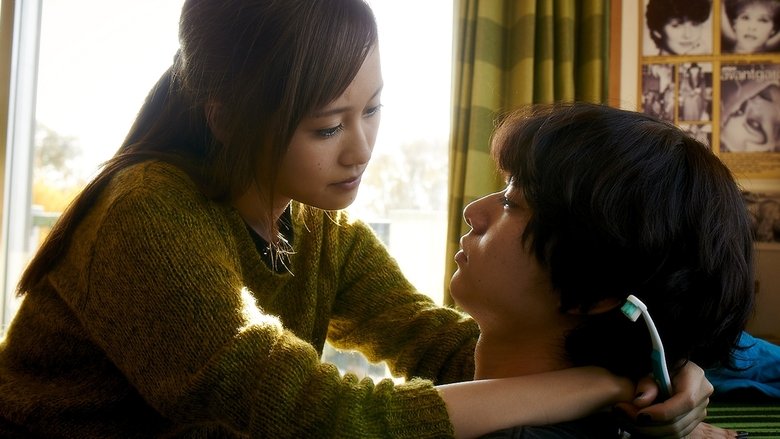
This erotically charged drama traces the intersecting stories of a group of employees and visitors at a notorious "love hotel" in Tokyo's red-light district.
Based on four of the six short stories compiled in Murakami Haruki's anthology, After the Quake explores the complex aftermath of Japan’s earthquakes and other global crises.
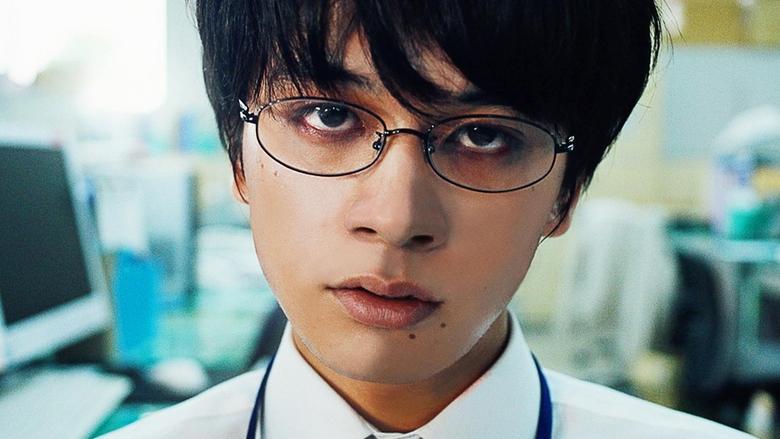
Sasaki is a sincere civil servant, working at city hall. Due to his timid personality, he can't properly deal with nasty people, including a single mother on the verge of giving up her own child, another civil servant pressing him to have a physical relationship, and a person who receives welfare benefits unfairly. His passivity leads him to get caught up in a terrible crime.
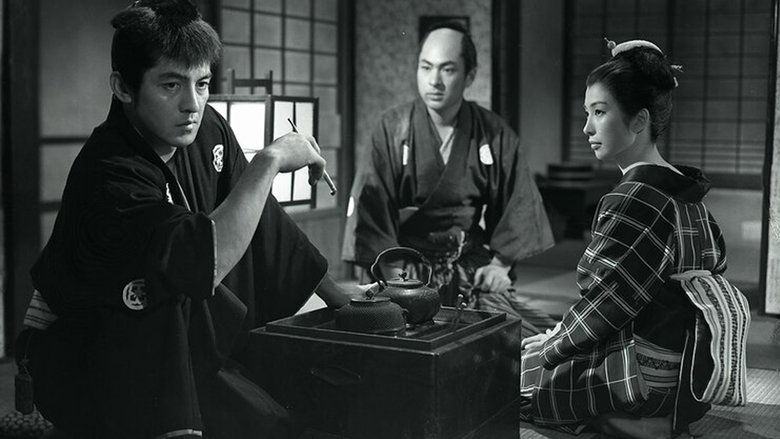
This historical film depicts the life of a man who was at the mercy of the waves during transition from the end of the Edo period to the Meiji Restoration, and therefore, shows audience the dynamic change from Edo to Meiji. Before the war, the director, Eisuke Takizawa, together with the writers, formed a scenario writer group "Narutaki-gumi and they shot many historical masterpieces.
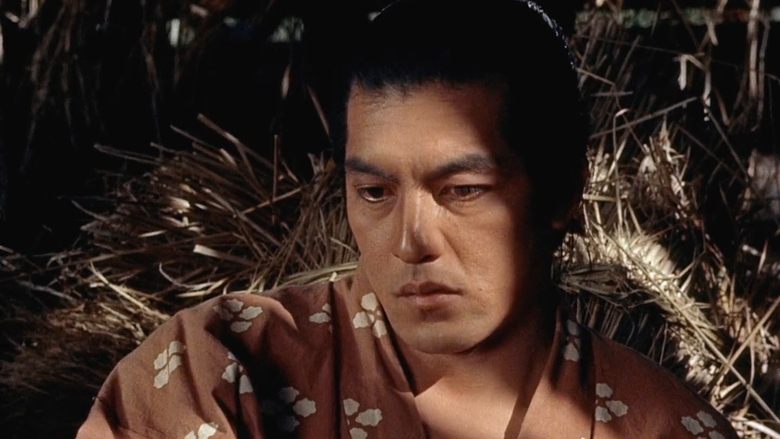
Struggling to elevate himself from his low caste in 17th century Japan, Miyamoto trains to become a mighty samurai warrior.

Ryunosuke, a gifted swordsman plying his trade during the turbulent final days of Shogunate rule, has no moral code and kills without remorse. It’s a way of life that leads to madness.
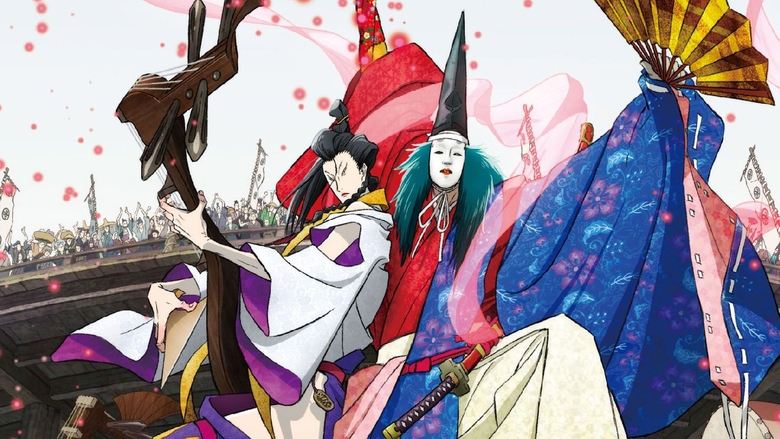
A cursed dancer and a blind musician — both ostracized by society — become business partners and inseparable friends as their larger-than-life concerts propel them to stardom in 14th century Japan.
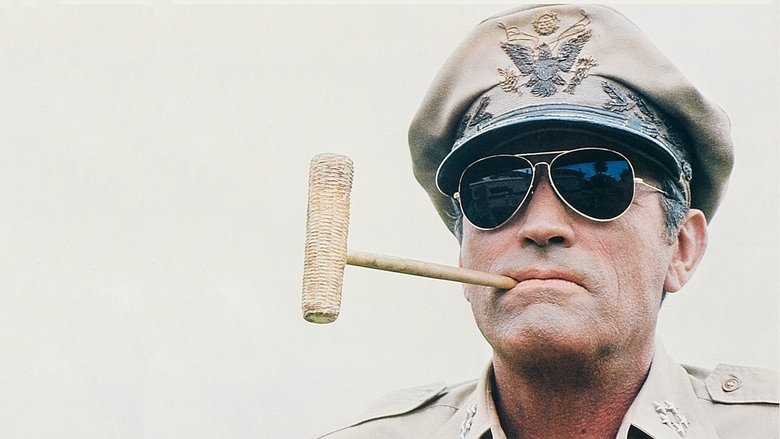
The film portrays MacArthur's life from 1942, before the Battle of Bataan, to 1952, the time after he had been removed from his Korean War command by President Truman for insubordination, and is recounted in flashback as he visits West Point.
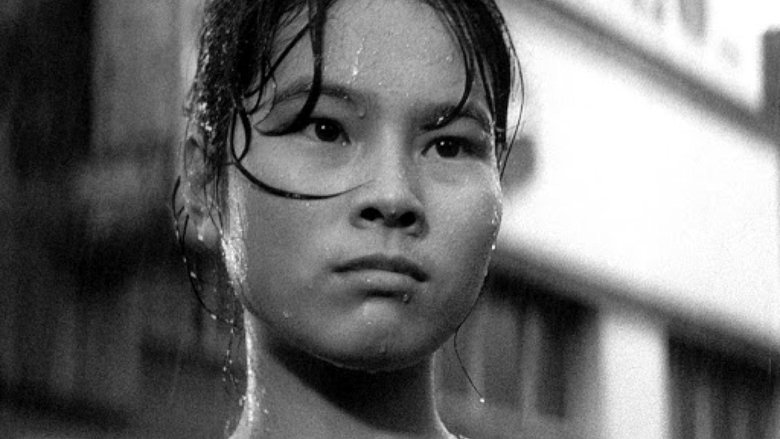
In the city of Yokosuka, Kinta and his lover Haruko, both involved with yakuza, brave the post-occupation period with a goal to be together.

After handing in a report on the treatment of Chinese colonial labor, Kaji is offered the post of labor chief at a large mining operation in Manchuria, which also grants him exemption from military service. He accepts, and moves to Manchuria with his newly-wed wife Michiko, but when he tries to put his ideas of more humane treatment into practice, he finds himself at odds with scheming officials, cruel foremen, and the military police.
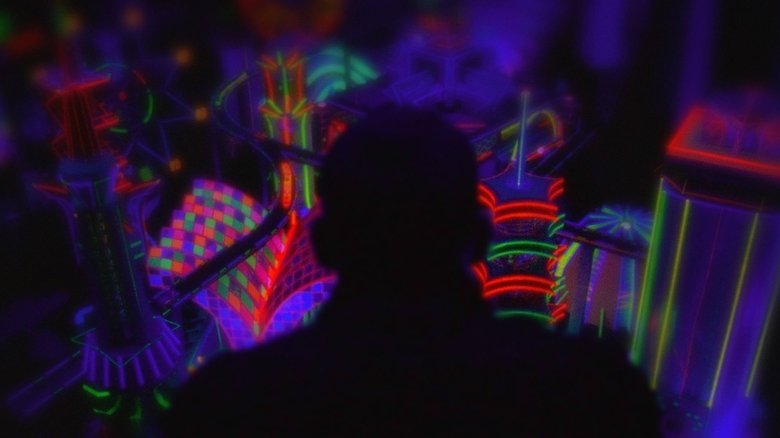
This psychedelic tour of life after death is seen entirely from the point of view of Oscar, a young American drug dealer and addict living in Tokyo with his prostitute sister, Linda. When Oscar is killed by police during a bust gone bad, his spirit journeys from the past -- where he sees his parents before their deaths -- to the present -- where he witnesses his own autopsy -- and then to the future, where he looks out for his sister from beyond the grave.
The "David and Goliath" legend is presented as credibly as possible, while David's later disastrous romance with Bathsheba is handled with taste and decorum. Also in the cast are Anthony Quayle as King Saul, and Terence Hardiman as Bathsheba's unfortunate warrior husband Uriah.
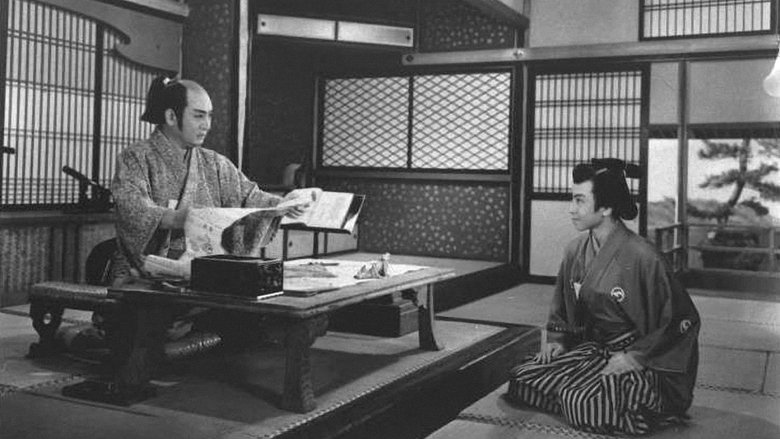
The year is 1805. Napoleon ruled Europe. Ienari is the 11th Tokugawa Shogun. An incident, which was an open official secret, took place on the foothills of Mt. Fuji. Fearing attacks from within and without, the Shogunate planned to build a training castle utilizing the most advanced techniques. Two master castle architects, Sato Kikutaro and Kumai Hakuten, were selected to compete for the honor of building this castle. Lord Mizuno Dewa has even ordered the townspeople to assist both sides with their land surveys and preparations. This leads to fear on the part of farmers that their land will be taken away from them, and sets off a series of events which rock the nation to its very roots. With an all-star cast, this is an important story with relevance to current times. One of Ichikawa Utaemon's finest performances, a true classic!

Nathan Algren is an American hired to instruct the Japanese army in the ways of modern warfare, which finds him learning to respect the samurai and the honorable principles that rule them. Pressed to destroy the samurai's way of life in the name of modernization and open trade, Algren decides to become an ultimate warrior himself and to fight for their right to exist.

There were five Marines and one Navy Corpsman photographed raising the U.S. flag on Mt. Suribachi by Joe Rosenthal on February 23, 1945. This is the story of three of the six surviving servicemen - John 'Doc' Bradley, Pvt. Rene Gagnon and Pvt. Ira Hayes - who fought in the battle to take Iwo Jima from the Japanese.